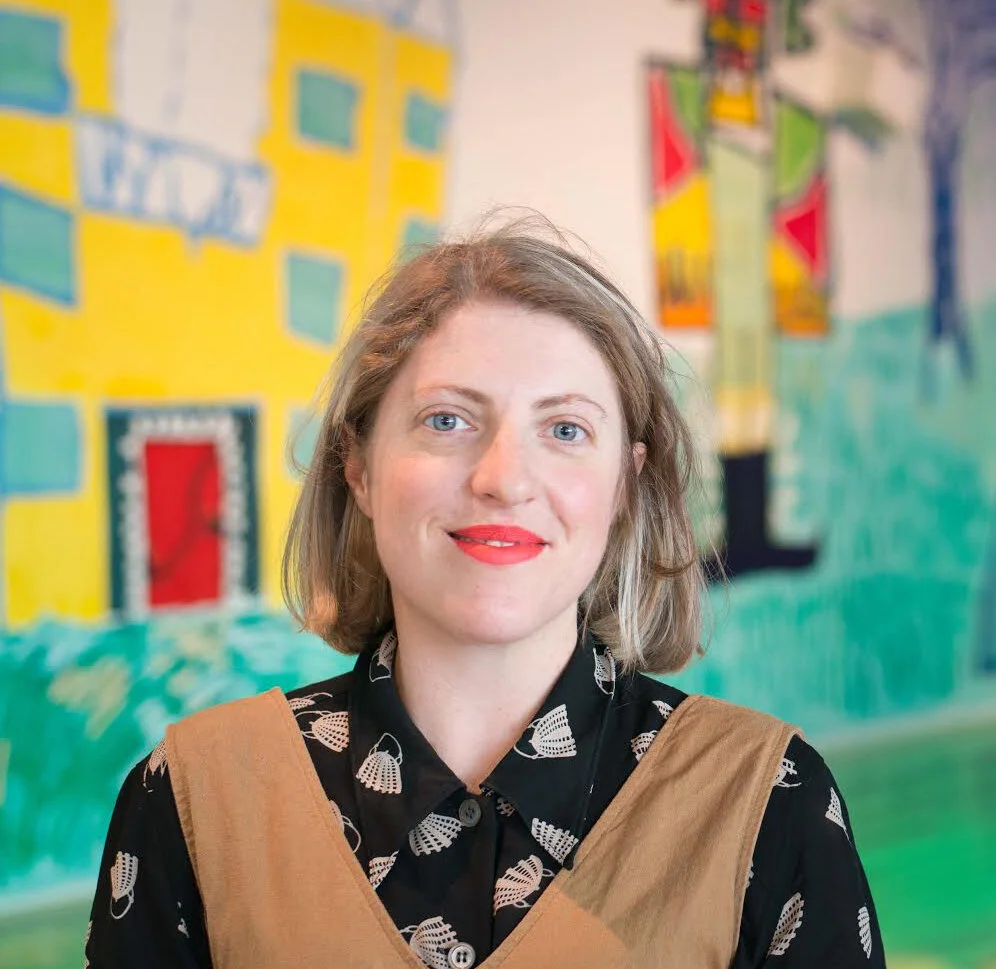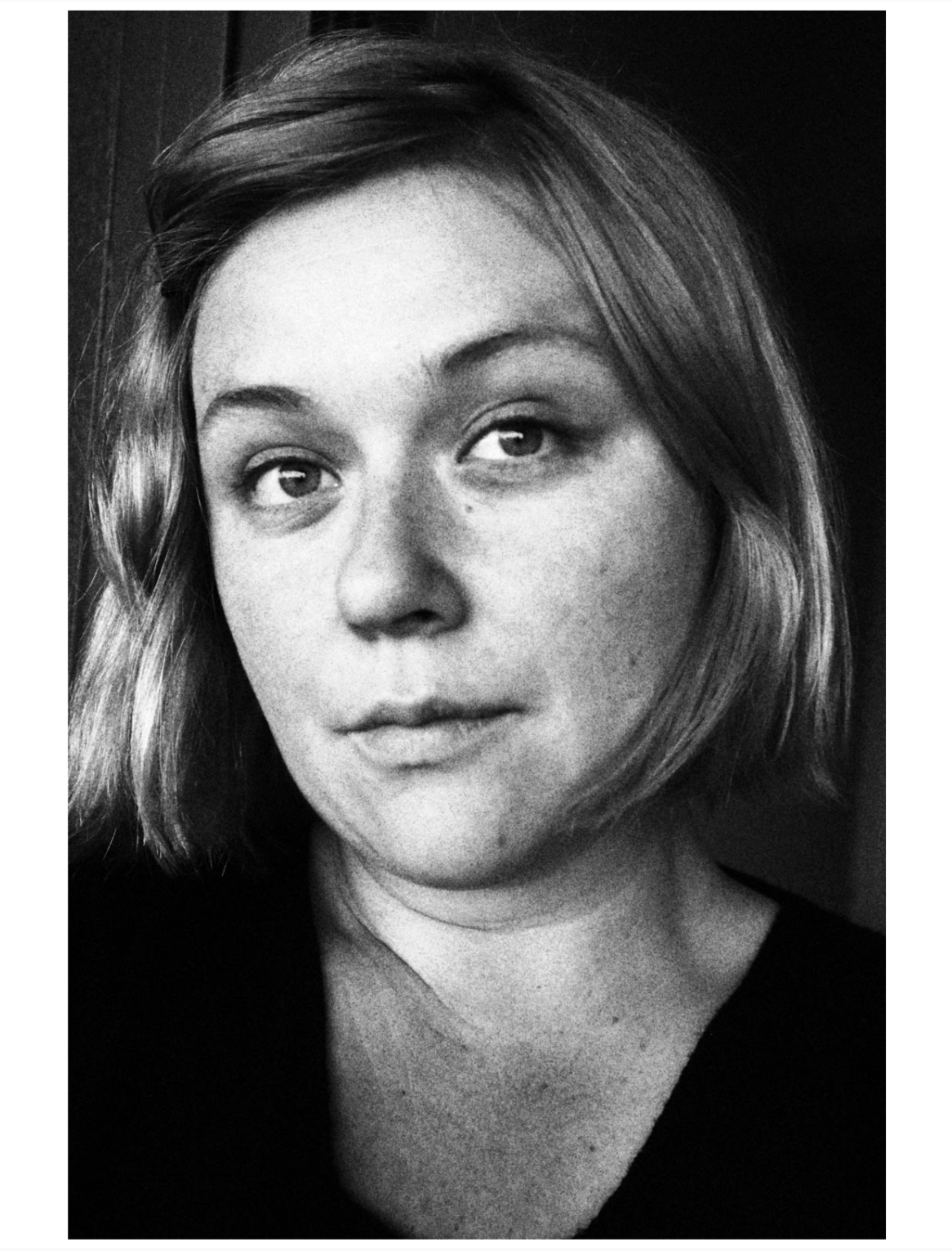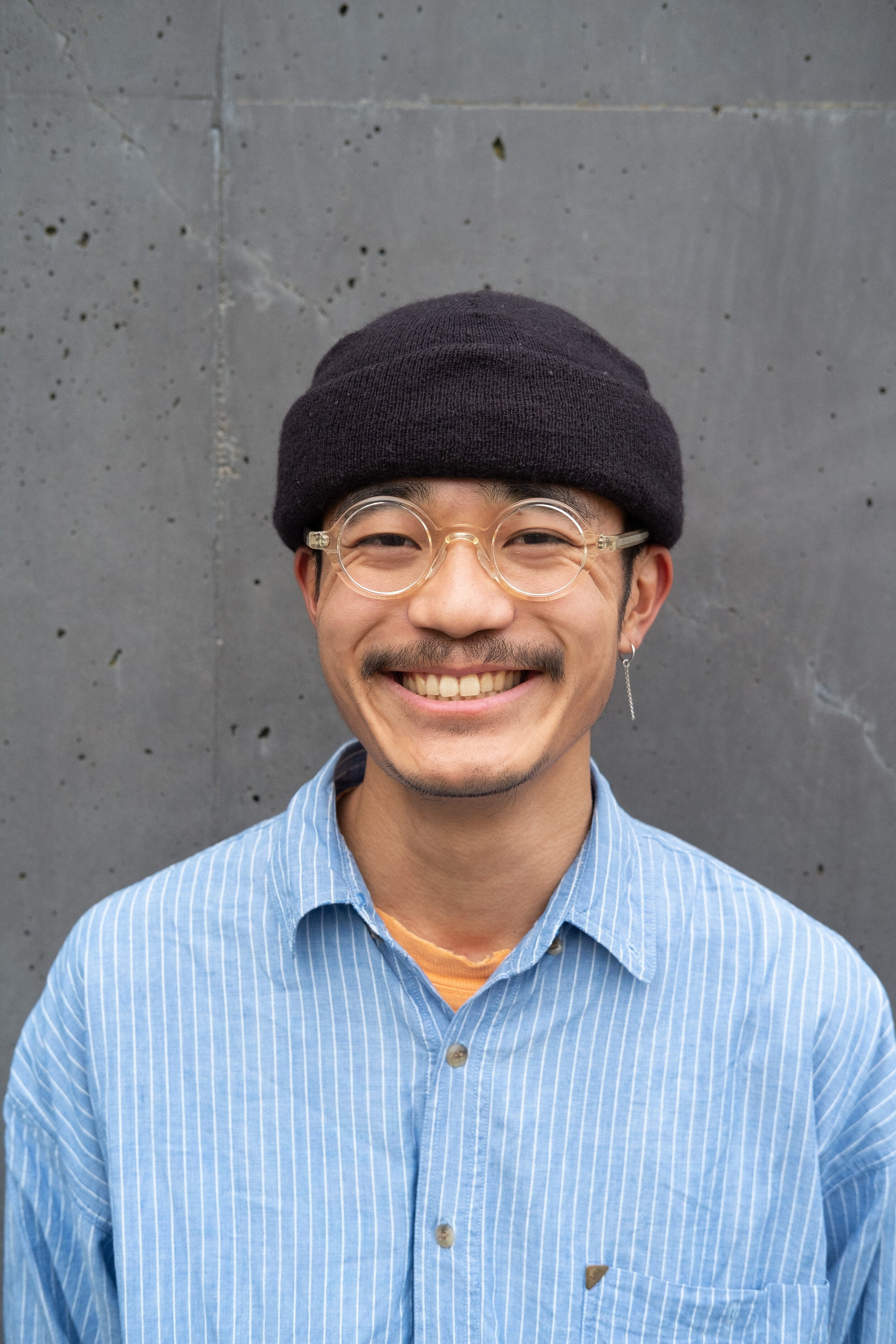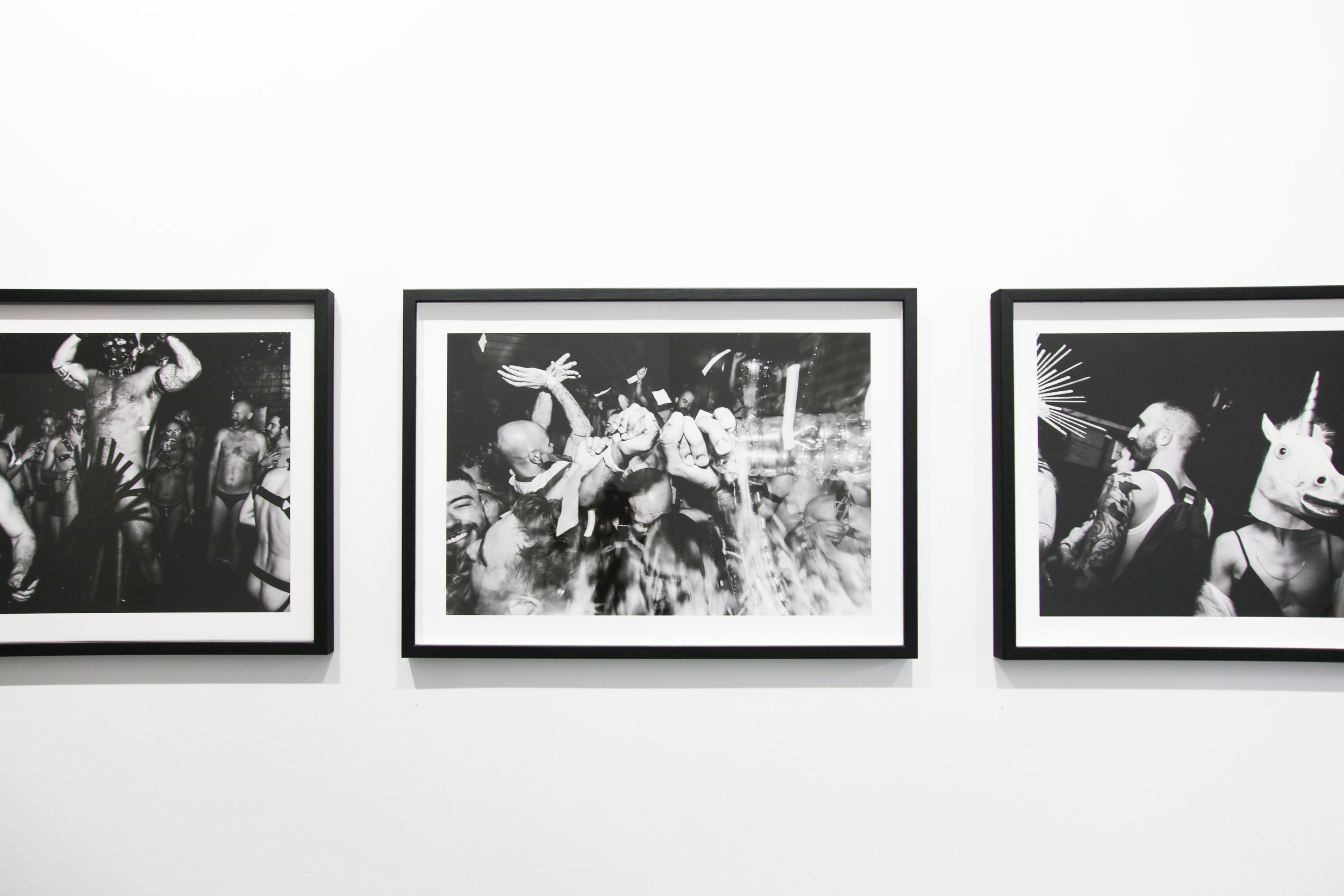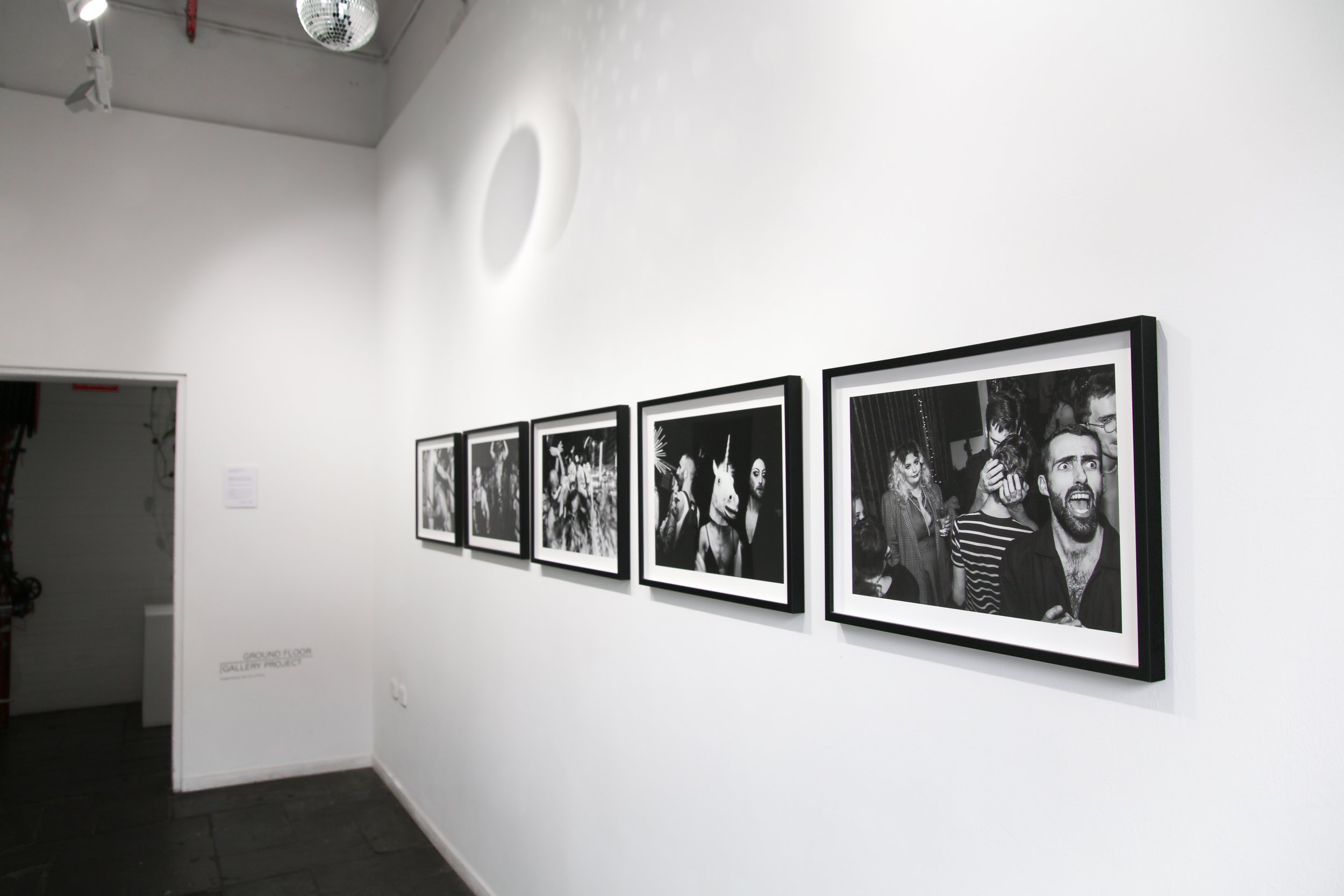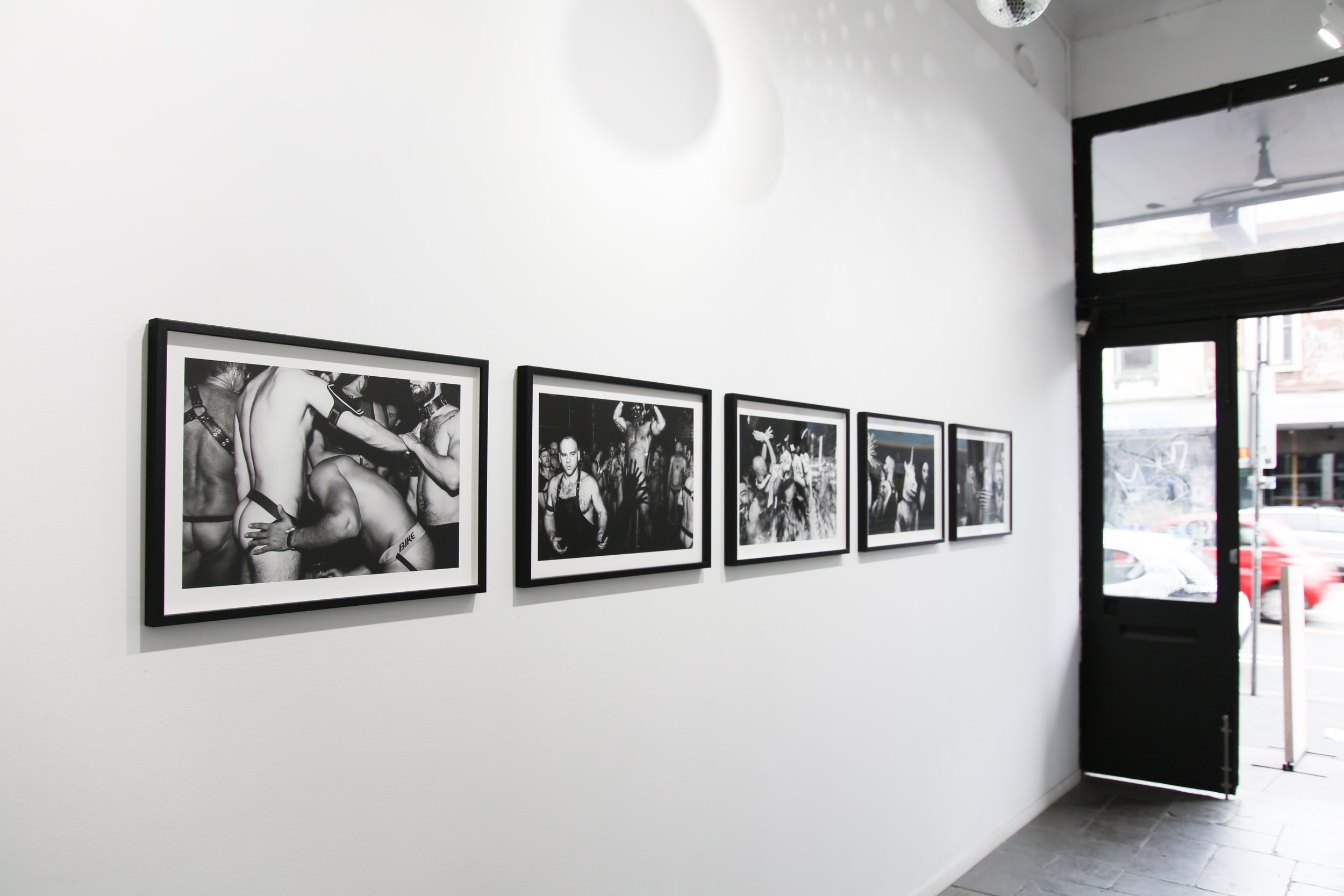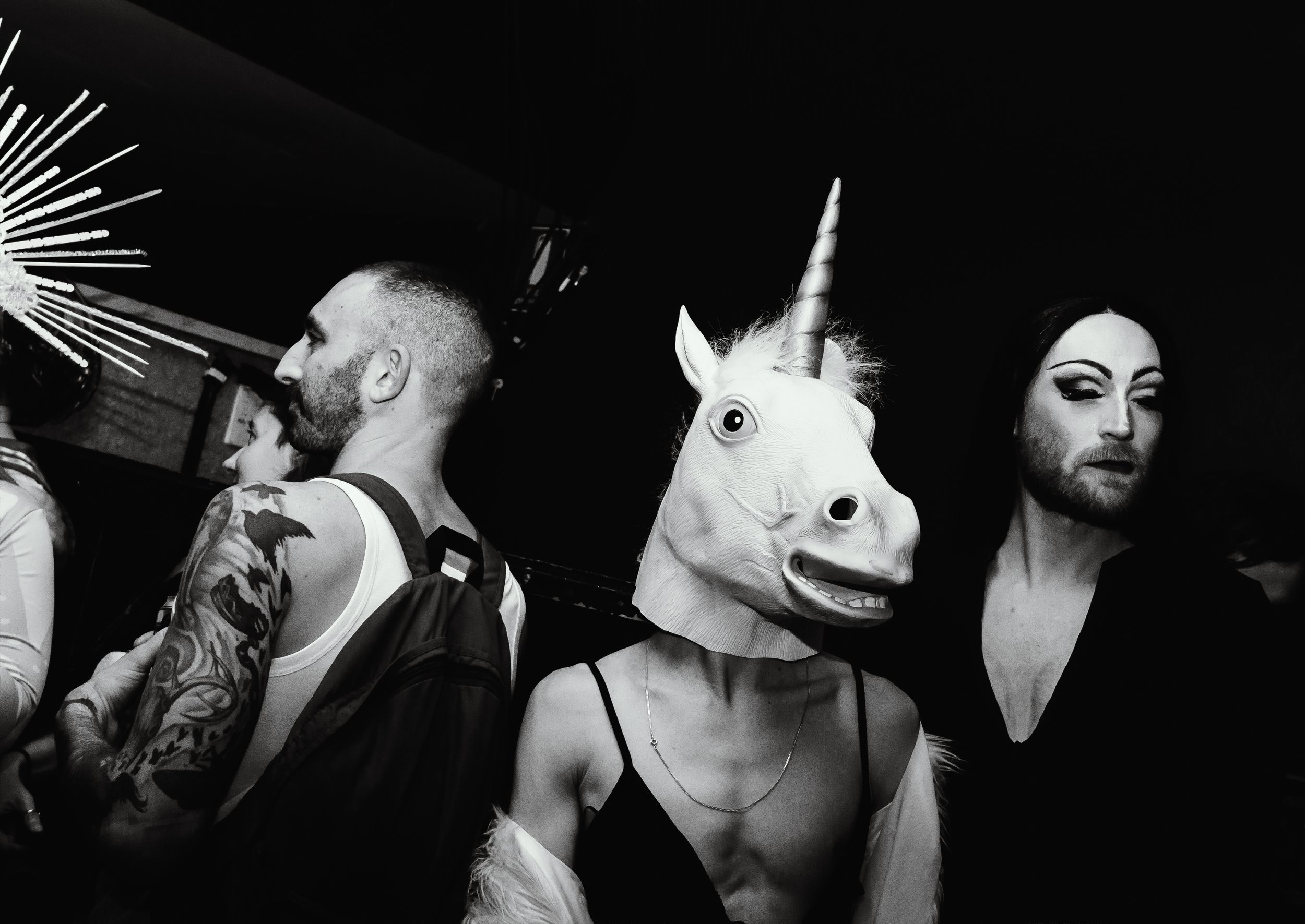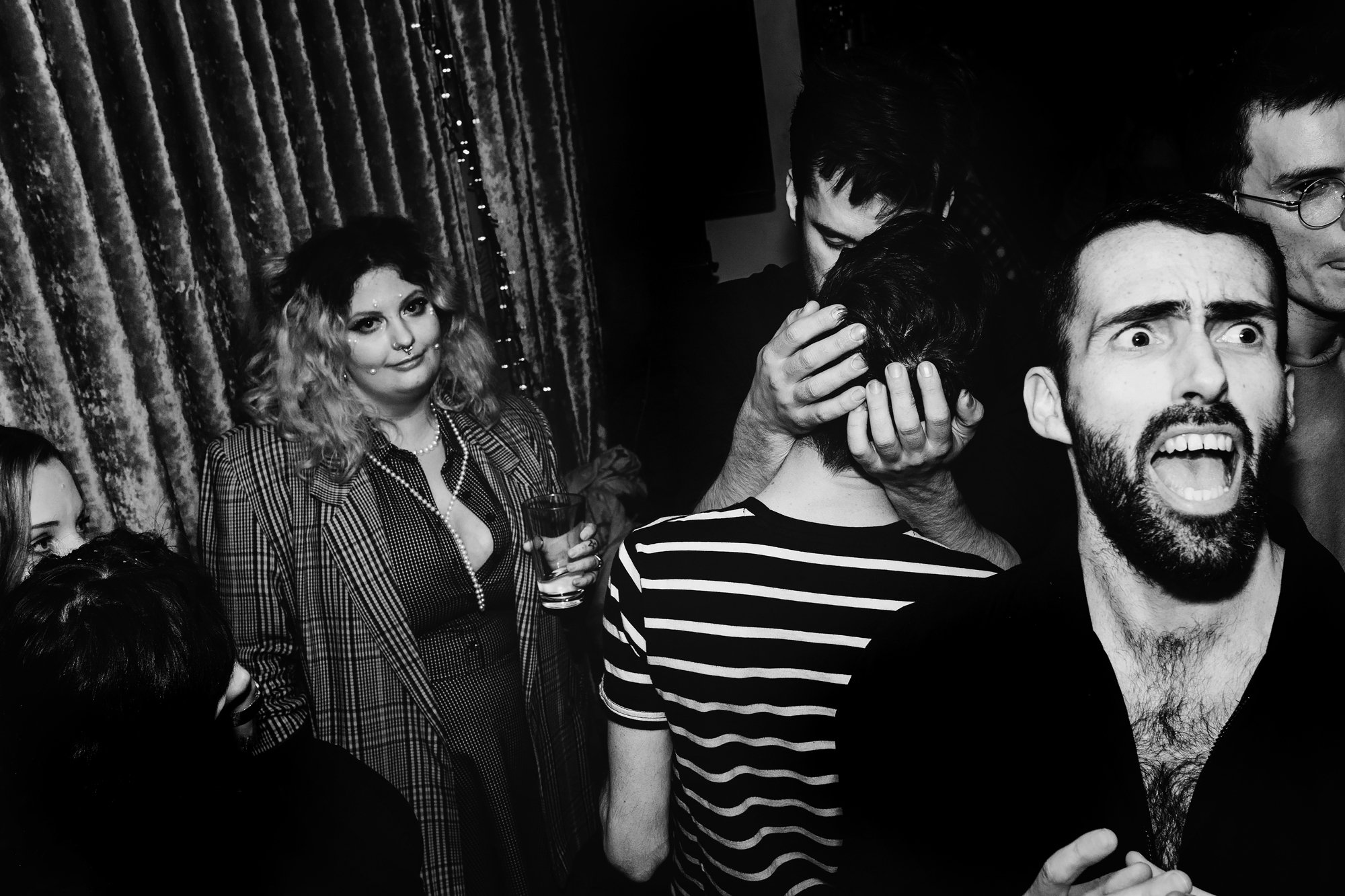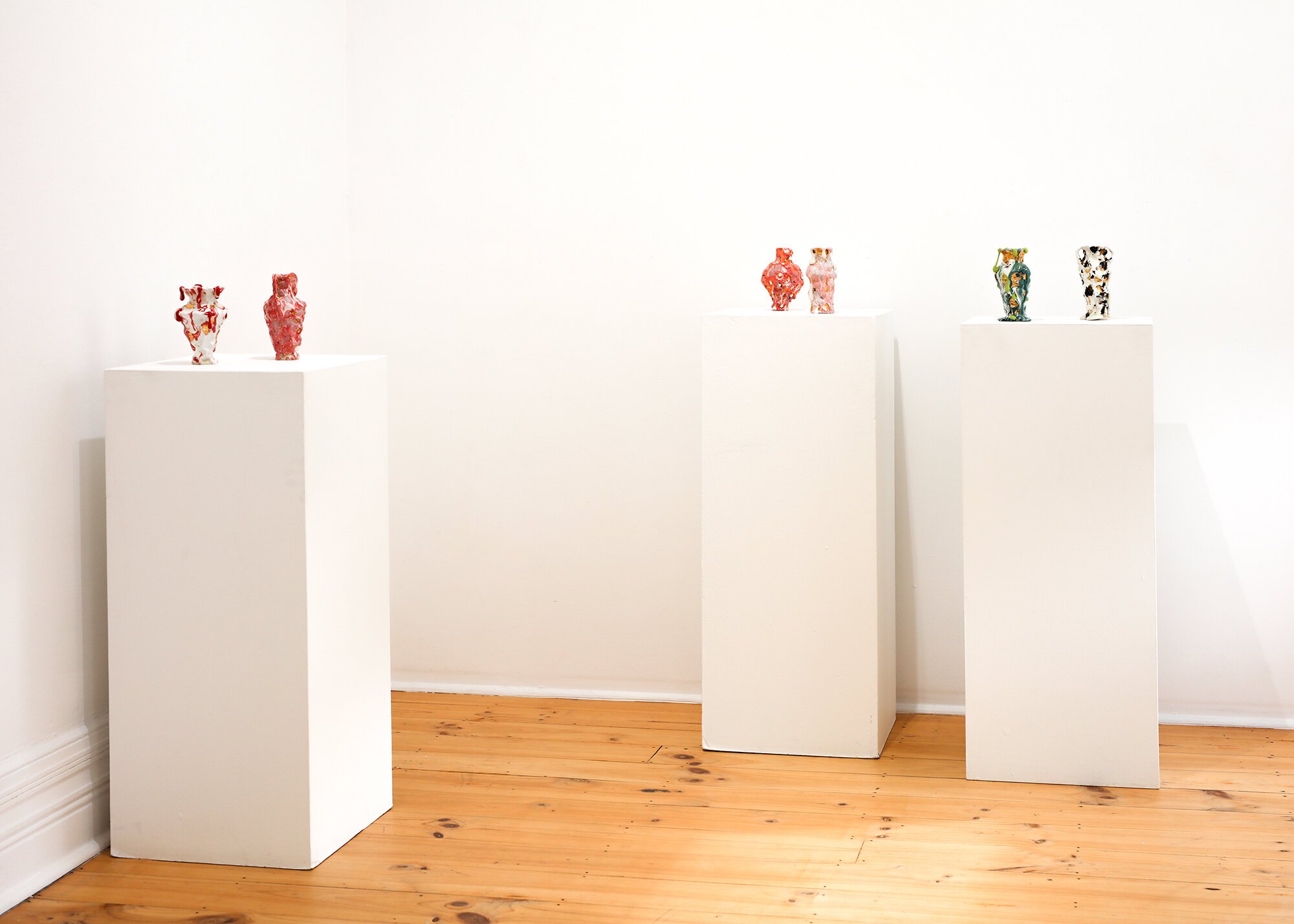Giorgia Bel paints real and imagined landscapes in acrylic, oil, charcoal and pastel. Using a subdued palette and gestural mark making, the evocative landscapes showcase the beauty of the Australian outback.
Giorgia Bel is a self taught artist based in Newcastle, New South Wales. After being unwell in her twenties, Giorgia turned to painting for peace of mind and for her own enjoyment. What initially started out as a personal journey has resulted in a rewarding career as a painter.
Through painting Giorgia learnt to embrace stillness and discovered a newfound patience which is evident in her considered approach to the natural environment from where she draws her inspiration.
“My practice is heavily inspired by the Australian landscape and the dreamt or imagined views of this. Exaggerated colour, abstract line and a ‘messy’ brush stroke may or may not be signature to my work. They are free but not rushed, like a child’s mind and play. This is important to me.” – Giorgia Bel
Tell us a bit about what a day may look like for you as an artist. Where are you based and what are some of the things that you do in your daily routine? Tell us about your morning rituals, your cup of tea/coffee, plants, etc!
I work 3 days a week painting. I work full time elsewhere also (it’s a busy time in my life!)
I start my days with half a litre of water and lemon and a mug of strong black coffee. I usually sit on my balcony off my bedroom or in my courtyard turning pages of art magazines, interiors look books or with a book. I somehow often end of sifting through emails and making lists.
I’ll water some plants, partially a special bonsai my partners parents gave to me, eat some fruit, sourdough and go to my studio.
My studio is a 5 minute drive from my home, down light filled/ plant filled alley way at the back of a dance studio in Newcastle West.
The Bluetooth is straight away connected and a curated playlist is put on. I listen to a lot of alternative, jazz and instrumental music while I paint. I’ll be here for the next 4-8 hours before I’ve realised the time and desperately need to eat something!
How did you start your creative practice and why? Are you self-taught, an art student, a full-time artist, etc?
I am a mostly self taught artist. I read into using different mediums and played a lot with different things to get to what I felt was myself onto the canvas.
I studied design years earlier and always loved art, but I started painting through force of being unwell for most of my 20’s and a doctor telling me I should just try it for for peace of mind or enjoyment while I couldn’t do much else.
I use to sit for a matter of minutes and stop. I was really restless. Through painting I did gain stillness and learnt patience in sickness, all the while I fell in love with this new thing.
Have you got a studio/creative workplace? Tell us a bit about where you create and some of the significant things that support and inspire your practice.
I share a studio space with my partner. He gathers antiques and works to restore them in his spare time.
We share a painted white brick space with a large roller door that opens onto an alley way drive shared with the dance studio at the front of our building.
It’s been really fortunate to do the separate things we love alongside each other, and fortunate that the space allows it.
My practice is heavily inspired by the Australian landscape and the dreamt or imagined views of this. Exaggerated colour, abstract line and a ‘messy’ brush stroke may or may not be signature to my work. They are free but not rushed, like a child’s mind and play. This is important to me.
My practice is also quite inspired by the music I curate into playlists to paint to every series I work on.
I name the playlists after the series and store them for keepsake. Listening to that playlist once the works are complete and sold or sent off to a gallery is like looking through a photo album for me.
What are some of the ideas that you explore in your work and the mediums that you have chosen to work with?
I like to collect rocks and sponge and utensils from antique stores and use them while I paint. The odd scratches and shapes they can make in even the smallest parts of my work can be very fulfilling and complete the piece.
I use mostly acrylic paints, some oils, pastels and charcoal.
I really do love how the pastels and charcoal can make a bit of a mess and in turn elevates what I’m working on. I like that lack of control.
In an increasingly digitized world, how important is your online presence? And what are some of the things that you consider when marketing your work?
It’s a strange thing. It’s an extremely humbling thing when someone in the London or Berlin has seen your work and enquires or buys it. It is absolutely thanks to the digital age for this to be a real thing.
The online presence is important, although I don’t know a lot of what I’m doing in that regard, nor do I probably do enough. I’m really lucky to have incredible companies that represent me and have their own experience and following where my work can be seen.
Let us know about any current/future projects – Have you got anything planned in the near future?
There are small releases of works across all the galleries I show with over the year and a few things in the works for early next year. It’s an exciting and fun year ahead.
Giorgia Bel’s latest Stockroom collection can be view online here.








